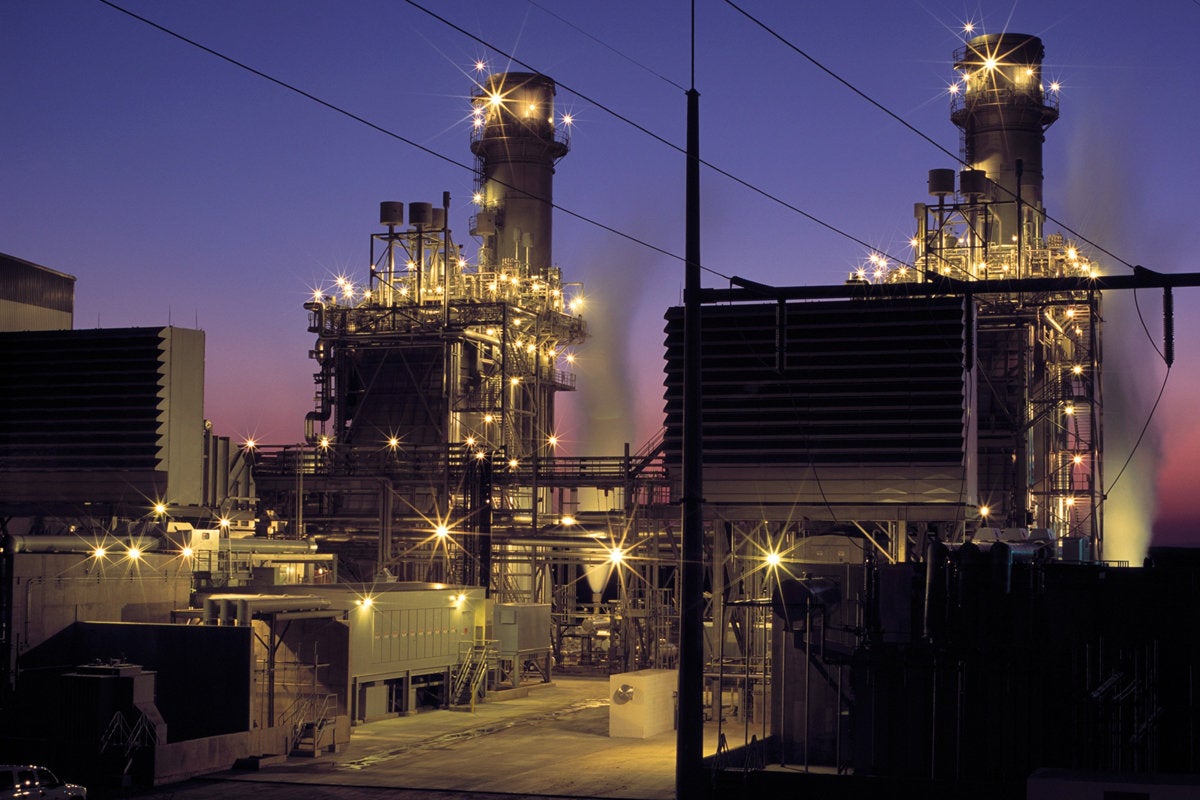A recent study shows that a large majority (71 percent) of utilities now use cloud computing systems, up from 45 percent three years ago. This has been largely a reaction to the amount of data they deal with these days and the opportunity to be innovative with that data.
Where is the data coming from? Smart meters that send and receive data for centralized analysis, new net meters allowing customers to sell back power generated by solar and wind systems, and the need to manage demand using smart grid technology, including having connections to IoT devices in homes and businesses.
Electric utilities have really had a bad run of PR. They are demonized if they build a coal-burning plant, not allowed to build new nuclear plants, all while attempting to meet the demands of a growing population that depends on available power. Rock, meet hard place.
The move to cloud computing should be applauded. All utilities need to be more innovative with how they distribute power and balance supply and demand. In the past this meant building plants to the peak of the demand required; today it’s about efficiency driven by data from customers, the grid, and a growing number of smart devices.
Demand planning is key. Demand planning cannot be done without a large amount of historical demand data that can be modeled using advanced analytics tools and AI. These are cheap to leverage within public clouds.
Also necessary is the ability to use demand planning outputs to automate the generation of electricity and the distribution of power on the grid. If executed properly, generation will balance demand, and thus be more efficient in generating and using power. If done correctly, we can perhaps avoid building new plants and reduce carbon output.
Another opportunity for cloud-based services is the use of smart devices at the points of consumption. That smart thermostat on the wall has the ability to “load shed” when needed by the utility, reducing the amount of power consumed temporarily as demand peaks on the grid.
Utilities companies are able to rebate money to those who allow utilities to remotely control their power consumption in order to flatten out demand, and again avoid building new power plants. Combine this with solar or wind power generators and net meters, and you can put power back on the grid that will minimize the impact of the rising demand as well.
I don’t think the utilities could make all this progress without cloud computing.






